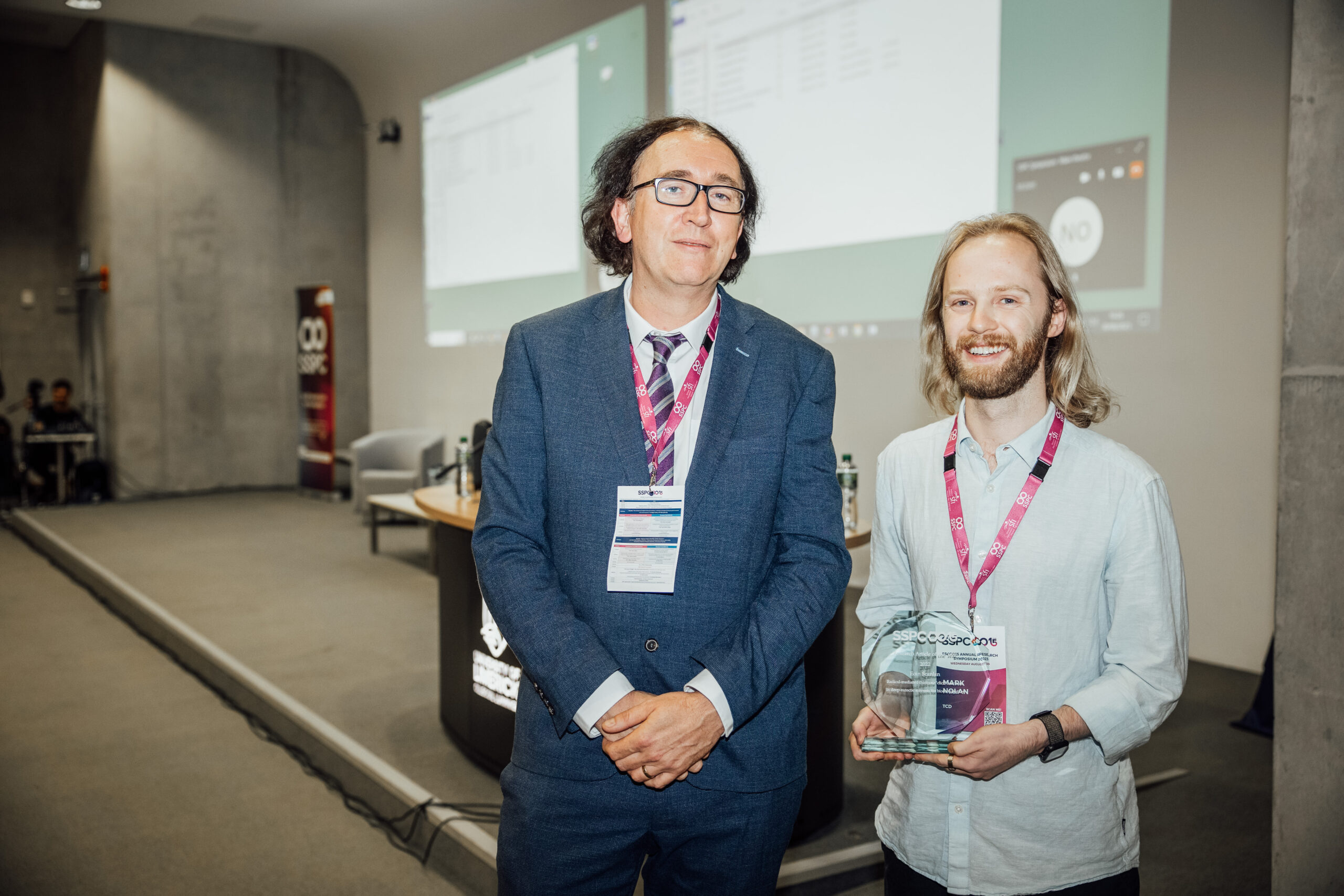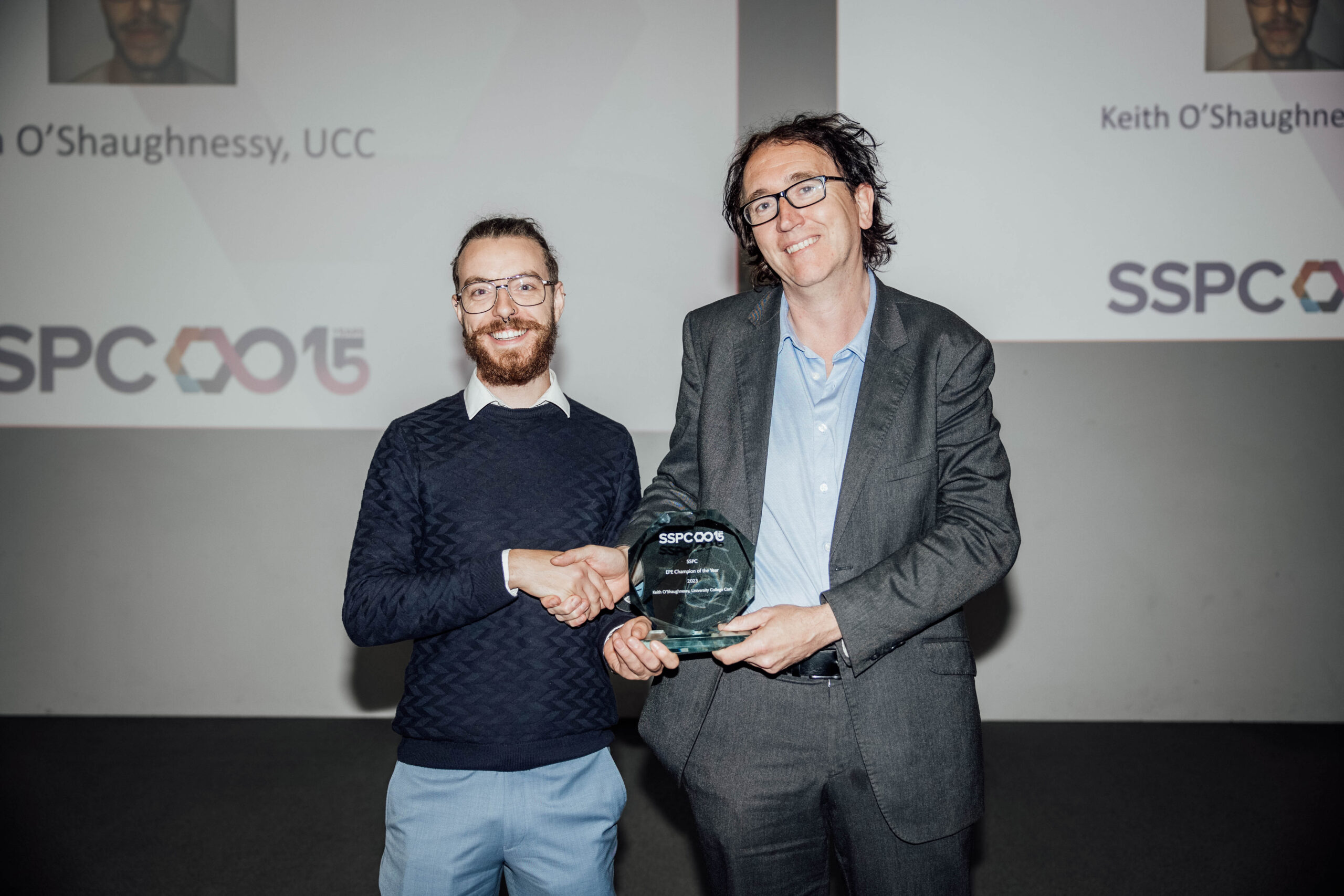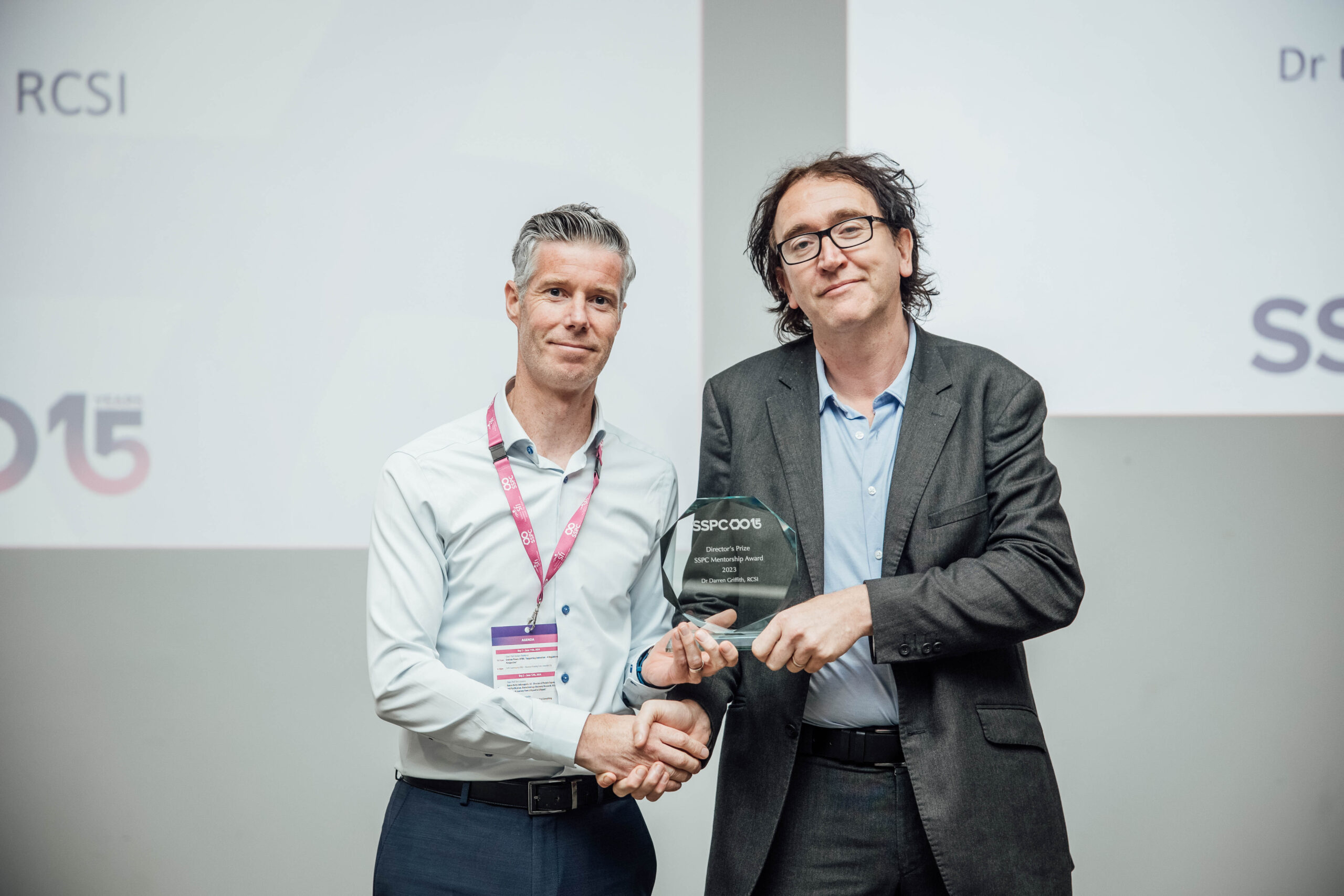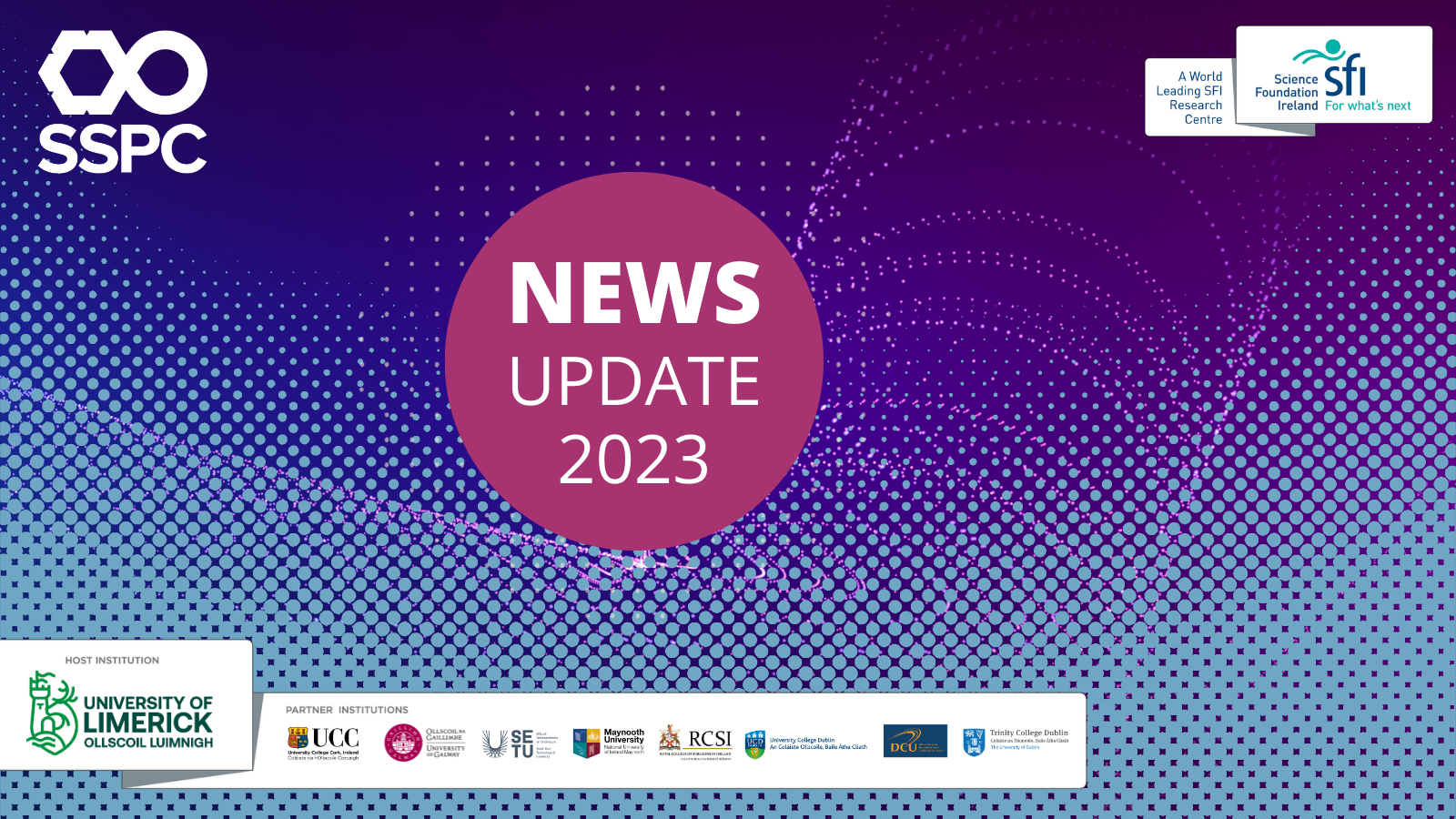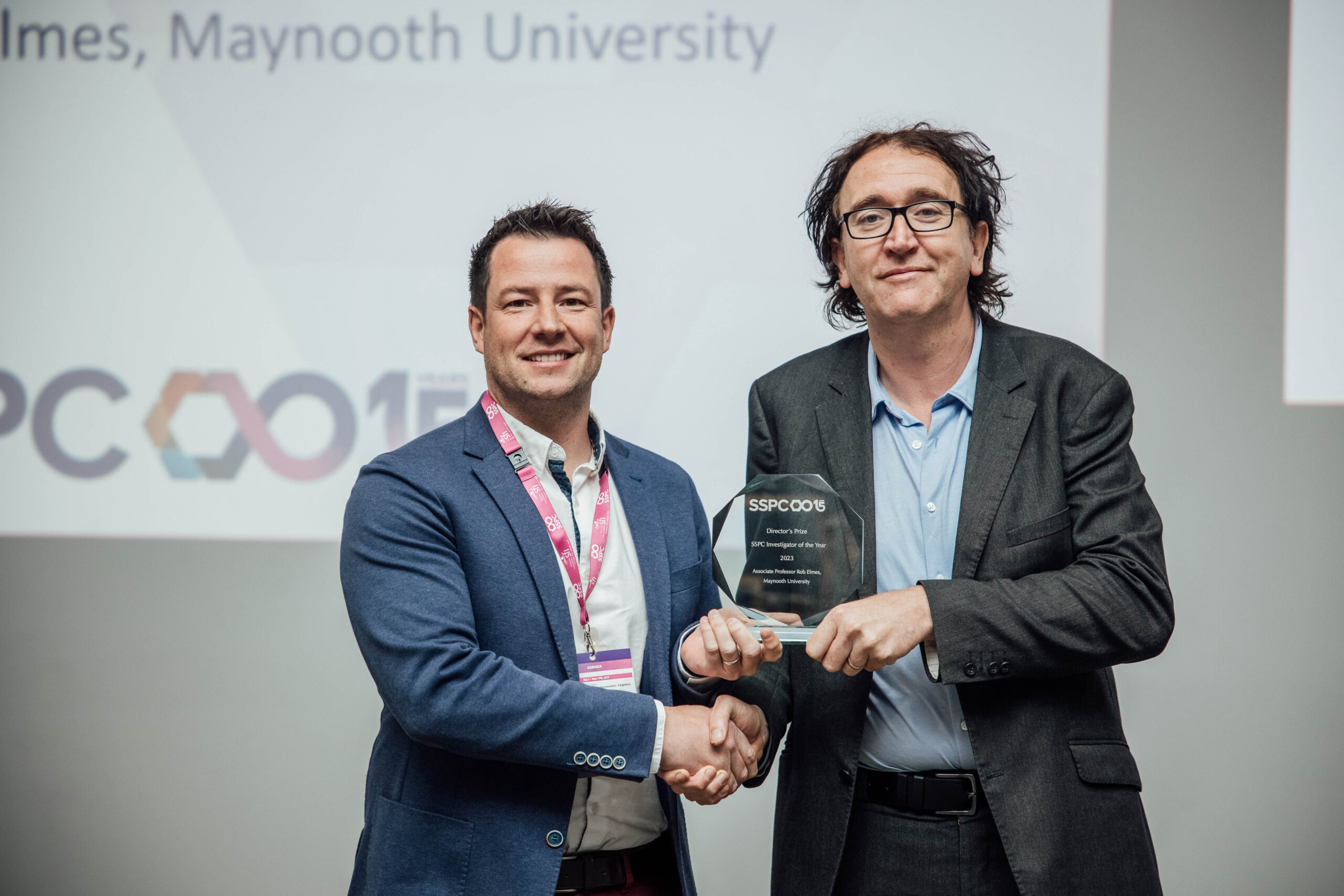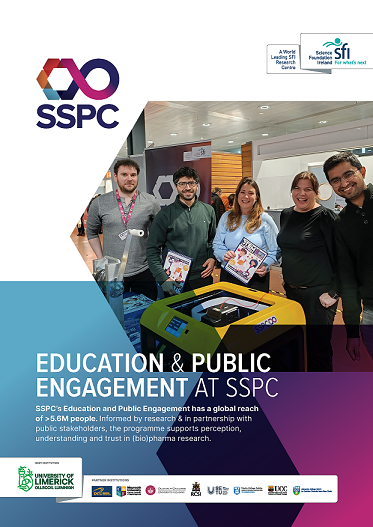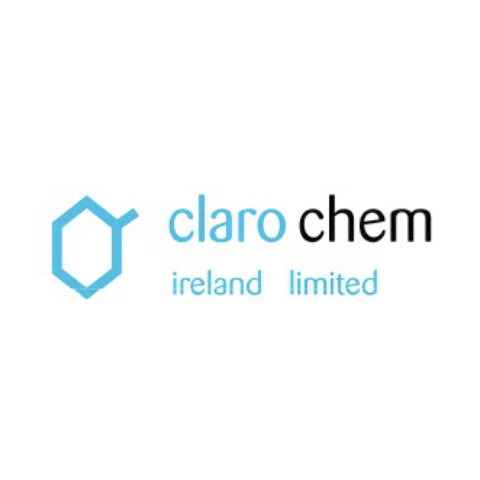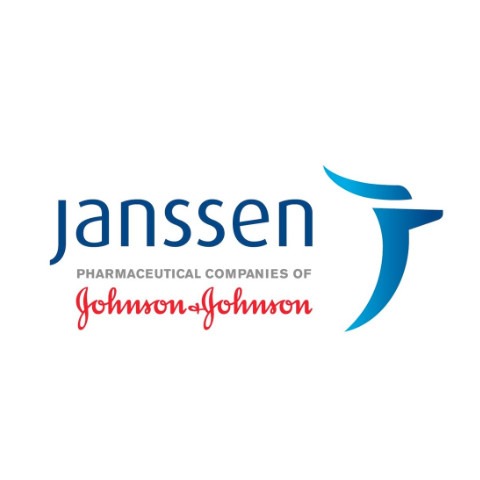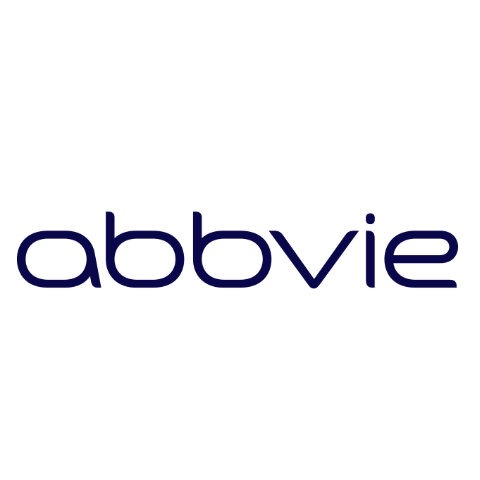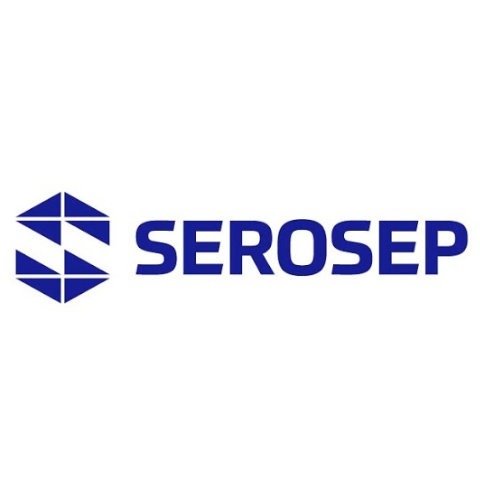This year, the Research Article of the Year was awarded to Prof. Eoin Scanlan and team at Trinity College Dublin and Università di Pisa for Radical-mediated thiol–ene ‘click’ reactions in deep eutectic solvents for bioconjugation.
Mark D. Nolan, Andrea Mezzetta, b Lorenzo Guazzelli and Eoin M. Scanlan , Radical-mediated thiol–ene ‘click’ reactions in deep eutectic solvents for bioconjugation, Green Chemistry, 2022, 24, 4, 1456-1462
Download: http://www.tara.tcd.ie/bitstream/handle/2262/98542/d1gc03714e.pdf?sequence=1&isAllowed=y
The United Nations Sustainable Development Goal 12 aims to substantially reduce production waste, including through recycling and reuse. The improvement of sustainability within pharmaceutical development manufacturing is particularly closely linked with the principles of ‘green’ chemistry. Green’ or sustainable chemistry can play a pivotal role on account of its potential contribution to reaching several of the 17 Sustainable Development Goals. In the pharmaceutical industry solvents represent up to 80–90% of the chemicals employed, and it is estimated that less than 50% are reused.
The report shows the first application of deep eutectic solvents (DESs) in radical-mediated hydrothiolation reactions. Under UV and atmospheric-oxygen mediated conditions, the thiol–ene reac tion was applied to amino acid and peptide ligation in DESs. The conditions facilitate highly-efficient synthesis of biomolecular targets using a ‘green’ methodology, with complete recycling of the reaction medium. Fluorescent labelling and glycosylation of a minimal sequence mimetic of angiotensin-converting enzyme 2 capable of binding the SARS-CoV-2 spike protein is demonstrated for applications in the study of inhibition of COVID-19 infectivity less.
The authors have developed a green system for formation of thioester and thioether linkages by TEC utilising DESs, with particular focus on synthesis of modified amino acids and peptide modification. The reaction showed compatibility with all DESs investigated and in the case of the ChCl : Gly DES, it was shown that the solvent can be reused without impact on reaction outcome. The reaction was first demonstrated for simple thiol and thioacid examples, and then utilised for synthesis of modified amino acids. Finally, the reaction was applied to modification of an unprotected peptide derived from the minimal sequence of human ACE-2, allowing synthesis of a lipopeptide, glycopeptide and fluorescently labelled peptide. We therefore envisage application of this methodology in facile synthesis of modified peptides or proteins, either using modified AA monomers or modification of unprotected sequences.

